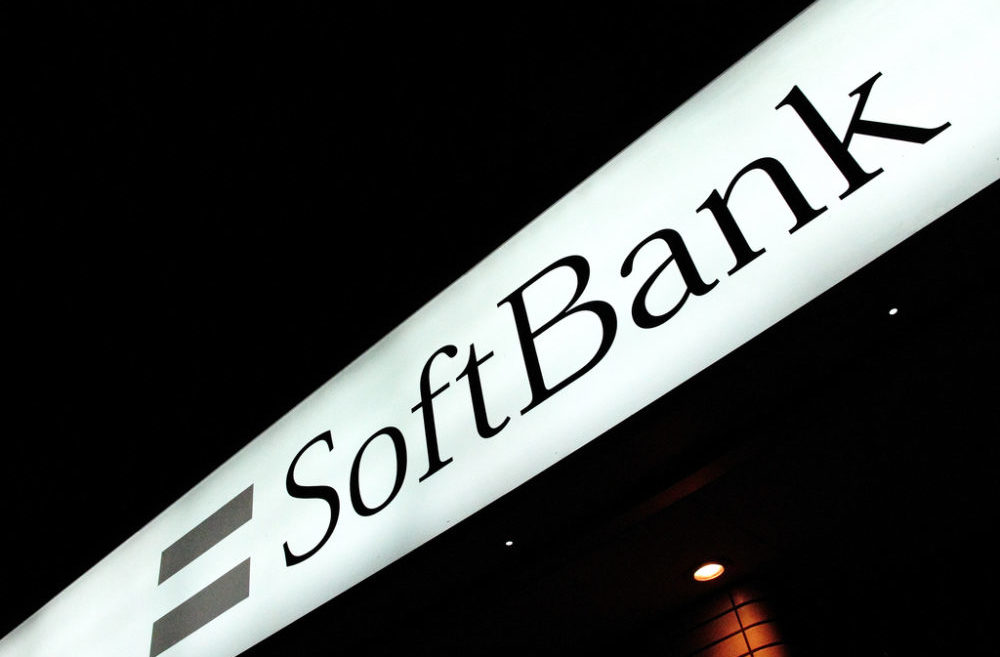Uber mapping cars have been introduced on the roads of Queensland, Australia to collect imagery that will more accurately calculate pick-up and drop-off times without relying on Apple or Google Maps.
Following mapping projects in the US, Canada, UK, as well as Mexico and South Africa, the transport giant is launching locally on the Gold Coast with fitted-out vehicles on Monday, with a wider rollout to follow. The ridesharing service that has traditionally used Google Maps for its app, had announced in August that it would at a reported cost of US$500 million, start employing its own mapping data in order to reduce its dependence of a third-party product.
We’re investing now in Australia because it is one of our most popular regions, and as we have grown the need for high-quality and accurate maps underlying the Uber experience has become even more important.
said an Uber Australia spokesperson.
Manik Gupta, head of product, Uber Maps (who previously helped lead efforts made by Google Maps) said in a blog post:
Today I lead Uber’s mapping efforts to ensure that we can make a safe, reliable ride available to you— no matter where you are.
Uber wouldn’t exist if comprehensive interactive digital maps hadn’t been created first.
Gupta added that the data would help the company “improve core elements of the Uber experience” such as routing and identifying the best spots for dropping off and picking up passengers.
Existing maps are a good starting point, but some information isn’t that relevant to Uber, like ocean topography. There are other things we need to know a lot more about, like traffic patterns and precise pickup and drop-off locations. Moreover, we need to be able to provide a seamless experience in parts of the world where there aren’t detailed maps – or street signs.
he added.
Uber customers will be notified if a camera-equipped vehicle is assigned to pick them up and could decline the ride. Even with or without the camera, the car cameras would not keep images from a passenger’s collection or final destination.
We take the privacy of our riders very seriously. If you catch a ride with one of these, know that the devices do not retain any imagery at or around your initial pick-up or final drop-off locations.
Gupta said.
We had a lot of parameters and the Gold Coast seemed like a good spot to experiment.
We are going to do Brisbane next. (Mapping other states) will play out over the course of the next several months
he concluded.
The Tech Portal is published by Blue Box Media Private Limited. Our investors have no influence over our reporting. Read our full Ownership and Funding Disclosure →






